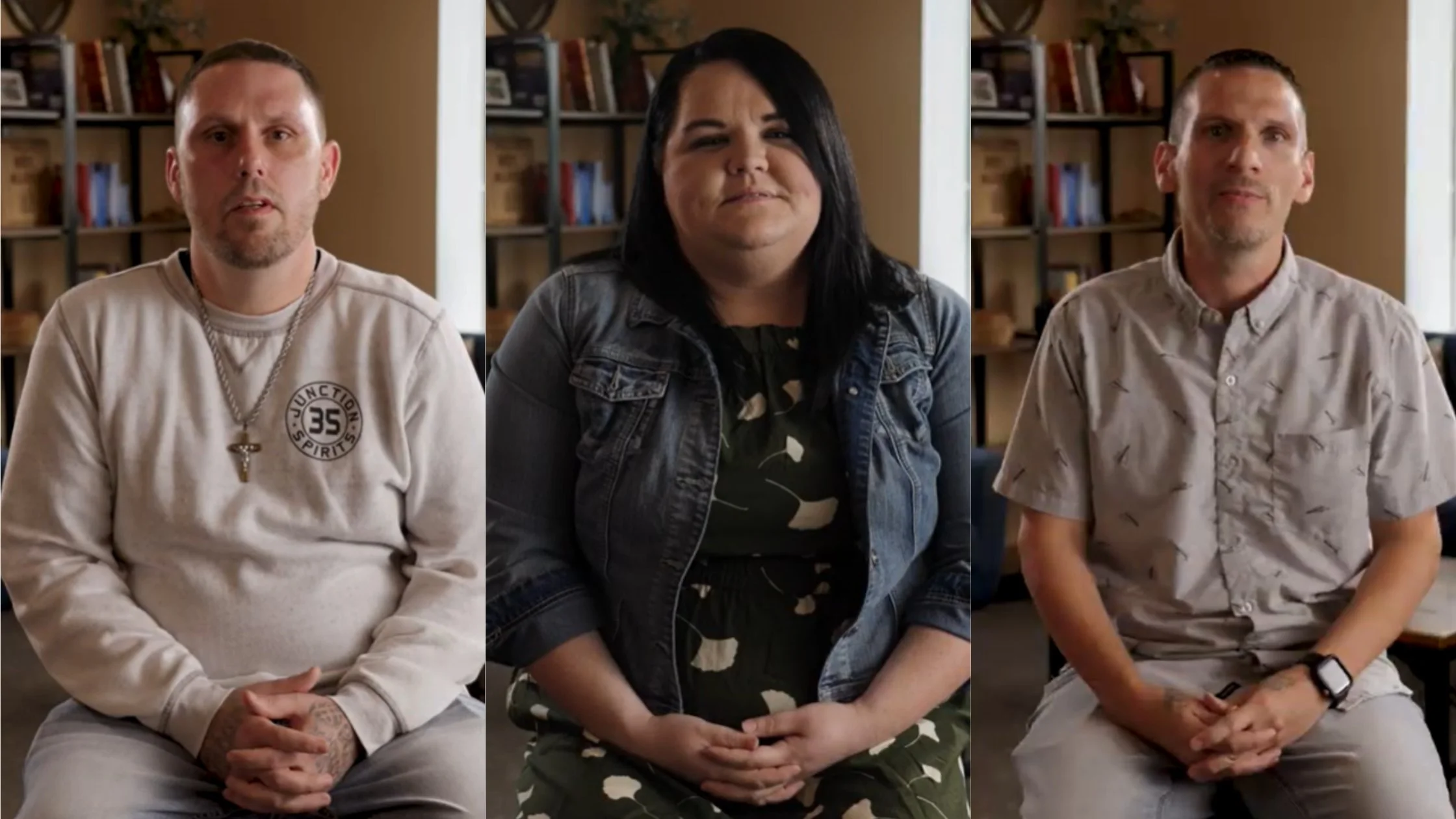
-
In the 2015 Bartholomew County Community Health Needs Assessment, substance misuse was identified as the most critical community health issue facing Bartholomew County. In response, Columbus Regional Health’s Healthy Communities Initiative formed a Mental Health and Substance Abuse Action Team with start-up funding provided by the CRH Foundation. This team sponsored an Opioid Summit at CRH in the spring of 2016, where leaders and elected officials from the City of Columbus, Bartholomew County, CRH, Centerstone, the court system, local funders, school systems, and social service providers came together to discuss the crisis and agree that a comprehensive community-wide response was required.
Community Leadership agreed to work collaboratively to develop the community-wide response, with CRH and the CRH Foundation committing $500,000 to fund the initial work. The decision was made to embark on an intensive, all-in effort to address the crisis, with CRH Healthy Communities as the supporting organization for this initiative during 2017-2018.
Jeff Jones, Executive Leader, and Rhonda Fischer, Program Manager were recruited to lead efforts and in early 2017 the initial strategy cornerstones of prevention, intervention, treatment, and recovery were identified. Key executives led efforts in each of the cornerstone areas: Julie Abedian, CRH VP of Community Partnerships agreed to lead the Treatment and Recovery Team, Beth Morris, CRH Director of Healthy Communities Initiative, was chosen to lead the Prevention Team, and Judge Kelly Benjamin, Bartholomew County Circuit Court, accepted the leadership role for the Intervention Team. Operating with a public health crisis mentality, Leadership developed a comprehensive community strategy designed to achieve significant progress within the next two years. The leadership team branded the initiative the Alliance for Substance Abuse Progress of Bartholomew County (ASAP), and in late 2018, ASAP leadership and partners set up a nonprofit corporation, Alliance for Substance Abuse Progress Inc. which would allow ASAP to accept funding from a variety of sources and apply for state and federal grants. At that time, the City of Columbus and Bartholomew County began funding ASAP’s expenses for staffing and operations.
-
When the decision was made to fund ASAP and support development of the prevention and recovery system, a process to assure that City and County Government funding efforts were focused on the areas that would provide the greatest impact on substance misuse in Bartholomew County was needed. The Substance Abuse Public Funding process was developed as a unique public funding model to guide elected officials in the City of Columbus and Bartholomew County on which intervention, treatment and recovery projects and programs should have priority for funding, and which projects would produce the best results for the community. The guiding principles for public funding included seeking external funding first, avoiding duplication of services with other community programs, and funding evidence-based programs.
The Substance Abuse Advisory and Accountability Committee (SAAAC) was established and is made up of city administrators, city and county law enforcement, CRH officials, Bartholomew County court personnel, and representatives from the prosecutor's office, probation department, substance abuse treatment providers, criminal defense attorneys and members of the public. These content experts assess programs requesting funding and make recommendations to the Substance Abuse Public Funding Board (SAPFB) on the viability of the program. The SAPFB votes on whether to recommend funding to city and county council members, and how the funding should be split between the city and the county. Based on this recommendation, requests are then routed to the city and/or county councils for approval of funds.
-
the prevention and recovery system. The ASAP Hub was established to provide community members and prevention and recovery system providers with a place to call or visit to obtain information about the prevention and recovery system services and how to access them. The prevention and recovery system framework guided a community-wide assessment of each of the 10 critical system elements to identify services that needed development or expansion to assure a comprehensive system.

Get in Touch
Have questions about prevention, recovery, treatment, or just need someone to talk to? Reach out to us by phone or e-mail to speak to a member of our team!





